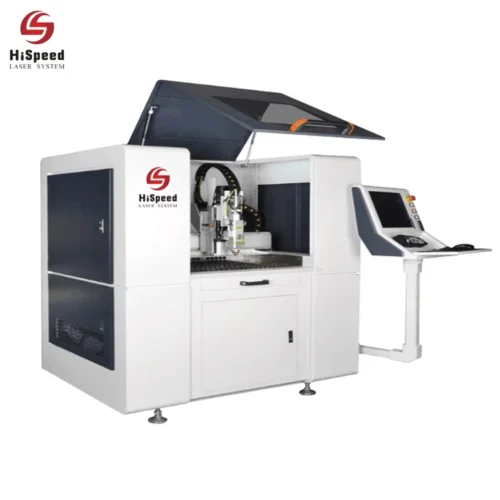Laser cutting stands as a remarkable process for manufacturing precise metal components. Using focused laser beams made this technology widely famous in many industries. In addition, the intricate & accurate cuts allow these industries to create more efficient products. Ultimately, laser cutting plays a crucial role in product development. Laser cut stainless steel is one of the most popular in this case. You know, stainless steel offers both strength and corrosion resistance ability. As a result, their uses are extensive. Adding laser technology, the use of laser cut stainless steel parts & components is also widespread.
The significance of laser cut stainless steel lies in its ability. You know, it can achieve intricate & precise cuts, surpassing traditional cutting methods. As a result, we often see these products in aerospace, automotive, and healthcare applications. In these sectors, laser cut stainless steel meets stringent quality standards. Therefore, we can not ignore the importance of cutting laser stainless steel.
Keeping this in mind, we developed this comprehensive guide to laser cut stainless steel fundamentals. We’ll show you a few typical laser cutting SS project ideas. In addition, we will discuss which type of laser is appropriate for these jobs. Finally, you can obtain some advice from our professionals on how to make laser cut stainless steel products.
What is Laser Cut Stainless Steel
SS parts made from laser cutting machines are usually called laser cut stainless steel parts. The main technology is to cut SS sheets using a high-power laser beam. Indeed, laser beams create extreme price cuts compared to traditional methods. The choice of laser machine depends on the type and thickness of the stainless steel sheets.
You can create a wide range of products using a laser cutting machine. Laser-cut products are ideal for precise machine components, signages, and decoration. Laser cut stainless steel provides extensive benefits.
- Laser cut stainless steel parts come with excellent precision and accuracy. As a result, they offer high-quality services like sensitive machinery and decorations.
- They also offer clean cuts and smooth edges. As a result, they do not need additional finishing processes. It ultimately reduces the overall production cost.
- Laser cutting offers versatile solutions for the production of complex & intricate designs. They are ideal for those designs that may be challenging or impossible with traditional cutting methods.
- There are two reasons why stainless laser cutting components can be economical. Firstly, it requires no extra finishing. Secondly, the process of laser cutting is relatively quick. As a result, laser cutting boosts production capacity and creates a cost-effective solution.
Types of Laser Cuttable Stainless Steel
Laser cutting is compatible with various grades of stainless steel. The choice of grades depends on the specific requirements, applications, and environmental conditions. Laser cutting can also adapt a wide range of material thicknesses, from thin sheets to thicker plates. In addition, it can produce precise cuts on polished, brushed, or matte surfaces. Therefore, it offers engineers & designers an option to achieve specific aesthetic & functional outcomes.
However, various types of stainless steel are well-suited for laser cutting. Each of these types provides unique characteristics and applications.
- Austenitic Stainless Steel, such as 304 & 316, is widely used in laser cutting. They are known for their corrosion resistance. In addition, they are also famous for their ability to withstand high temperatures. These types are prevalent in architecture, food processing, and medical equipment manufacturing.
- Martensitic Stainless Steel, such as the 400 series, comes in high or low-carbon varieties. They are generally less tough than austenitic stainless steel. In addition, they also offer lower corrosion resistance. However, the advantage of this steel is its machineability because of its lower nickel content.
- Ferritic Stainless Steel is the subgroup of the 400 series. These materials can be heat-treated and hardened without requiring too much effort. Examples include 430 stainless steel, also referred to as blade steel.
Popular Laser Cut Stainless Steel Project Ideas
Laser cut stainless steel may come in many forms. Their precision and versatility open up various laser cut project ideas. This section explores the popularity of various cutting laser stainless steel products. We will go through a detailed evaluation of exemplary projects in different categories. If you want to start a stainless steel cutting service, we hope these ideas may help you.

Decorative Items
Laser cut stainless steel has become a popular choice for making decorative items. Decorative items are often found in our apartments, offices, shops, or schools. And you know, they require precision & durability. However, the purpose of laser cutting technology for decorative items is to make artistic design into reality. You can almost create any design, from exquisite sculpture to wall art.
Some examples may include elaborate sculptures, wall art, ornaments, and décor elements. You can check out the intricate sculptures created by Heath Satow, Kevin Caron, and Tony Cragg. On the other hand, famous wall art examples include Tree of Life, various abstracts, and geometrical wall panels.
Industrial Components (e.g., machine parts, prototype)
In this industry, precision component manufacturing similarly relies on laser-cut stainless steel parts. Laser cutting technology allows for making high-tolerance metal parts. You can typically obtain tolerance up to 0.01mm. These metal parts are highly suitable for applications where a tiny deviation may alter a system’s functionality.
Famous examples include precision-cut gears, brackets & mounting components, and prototypes. In precision-cut gears, laser cutting ensures precise tool profiles. Consecutively, these gears can maintain the efficiency of machinery. On the other hand, laser cutting also ensures the exact specification of different metal parts. Therefore, they can provide a secure and stable installation. Moreover, laser cutting also contributes to precise prototype manufacturing. Laser cut stainless steel plays a crucial role in rapid prototyping.
Architectural Applications (e.g., signage, facades)
In the modern world, architectural design is also going through a transformative evolution. And laser cutting technology plays a crucial role in this case. Laser cut stainless steel allows for the creation of unique and visually appealing designs. Laser cut stainless steel not only enhances aesthetics but also ensures longevity. You know, stainless steel is particularly suitable for outdoor applications.
Some famous examples include metal signage and various decorative elements for building exteriors. Regarding signage, you can create customized signs featuring intricate logos & lettering. These signs not only serve practical purposes but also contribute to the visual identity of commercial spaces. On the other hand, architectural facades introduce decorative elements and & textures. This application increases additional interest in building exteriors.
Custom Cut Stainless Steel Products
Laser cut stainless steel also introduces a personalized dimension to consumer goods. For example, jewelry and personalized items. They offer a unique touch that reflects individuality. This technology can meet the increasing demand for one-of-a-kind customized items. In addition, it also ensures long-lasting customized products.
Regarding jewelry, the laser cutting method can make unique & intricately designed metal jewelry. Since laser cutting and engraving are fast and efficient, you can literally finish a month of work in just one day. As a result, you can offer more artistic and cost-effective solutions for your customers. Overall, a laser cutting machine is an excellent choice for most cutting and engraving applications.
What kind of laser is suitable for laser cutting stainless steel?
You know, the laser can be reflective and may have specific properties. Therefore, choosing the right type of laser is crucial for effectively cutting stainless steel. Regarding stainless steel metal cutting, two laser sources are the most popular: CO2 and fiber laser. Both of these laser sources can effectively cut stainless steel.

However, the most suitable laser for cutting stainless steel is the fiber laser. Why this is so suitable? Because it offers several advantages. The most crucial benefit is that fiber laser can create much narrower beams. Typically, it is half the diameter of a CO2 laser beam. As a result, the effective power for the same laser output energy is about quadrupled. Therefore, fiber laser beams can effectively cut through the metal’s reflective surface. And it ensures precise & clean cuts.
While both fiber & CO2 lasers can cut stainless steel, fiber lasers are often the preferred choice. For thin to medium-thickness stainless steel, a fiber laser is generally more suitable. But for thicker materials, CO2 lasers may be the cost-effective solution.
Expert Advice
Experts emphasize the importance of understanding the properties of metals under laser machines. They always recommend following the key factors below.
- Material Selections: Choose the correct grade of stainless steel for the project requirements.
- Correct settings: Fine-tuning laser cutting parameters can achieve the desired cut quality. Parameters such as power, speed, and focus are noteworthy.
- Design considerations: Ensure design files are well-prepared and suitable for laser cutting. In this case, consider the factors like material thickness and tolerances.
- Quality standards: Finally, implement quality control measures. It verifies the accuracy & consistency of laser-cut components.
Our experts also suggest you learn more about the challenges and how to overcome them. In stainless steel laser cutting, you may face three common difficulties. They are reflection, edge quality, and warping & distortion. To avoid these problems, you must follow the above key factors. Still, if you face similar problems, feel free to contact us.
